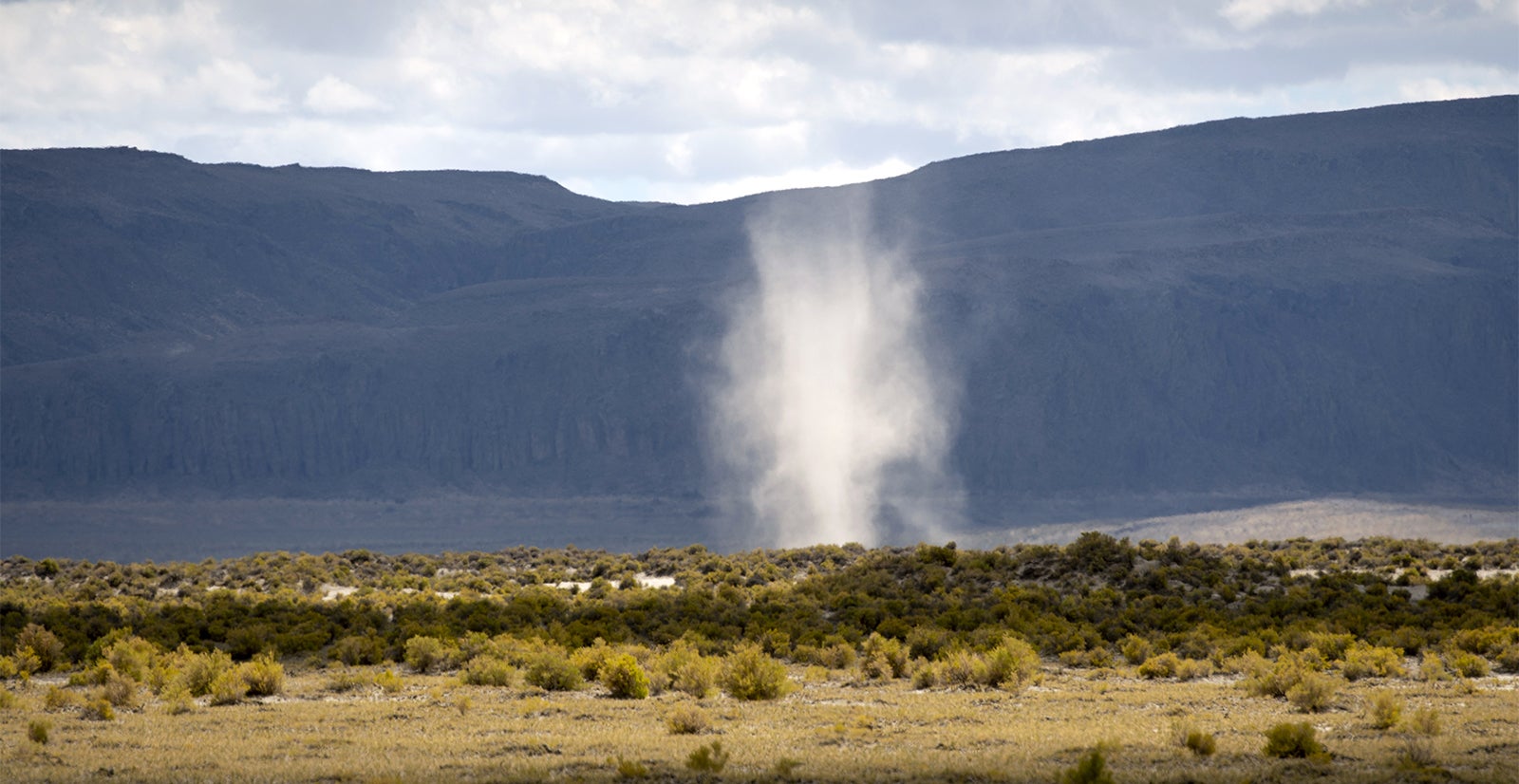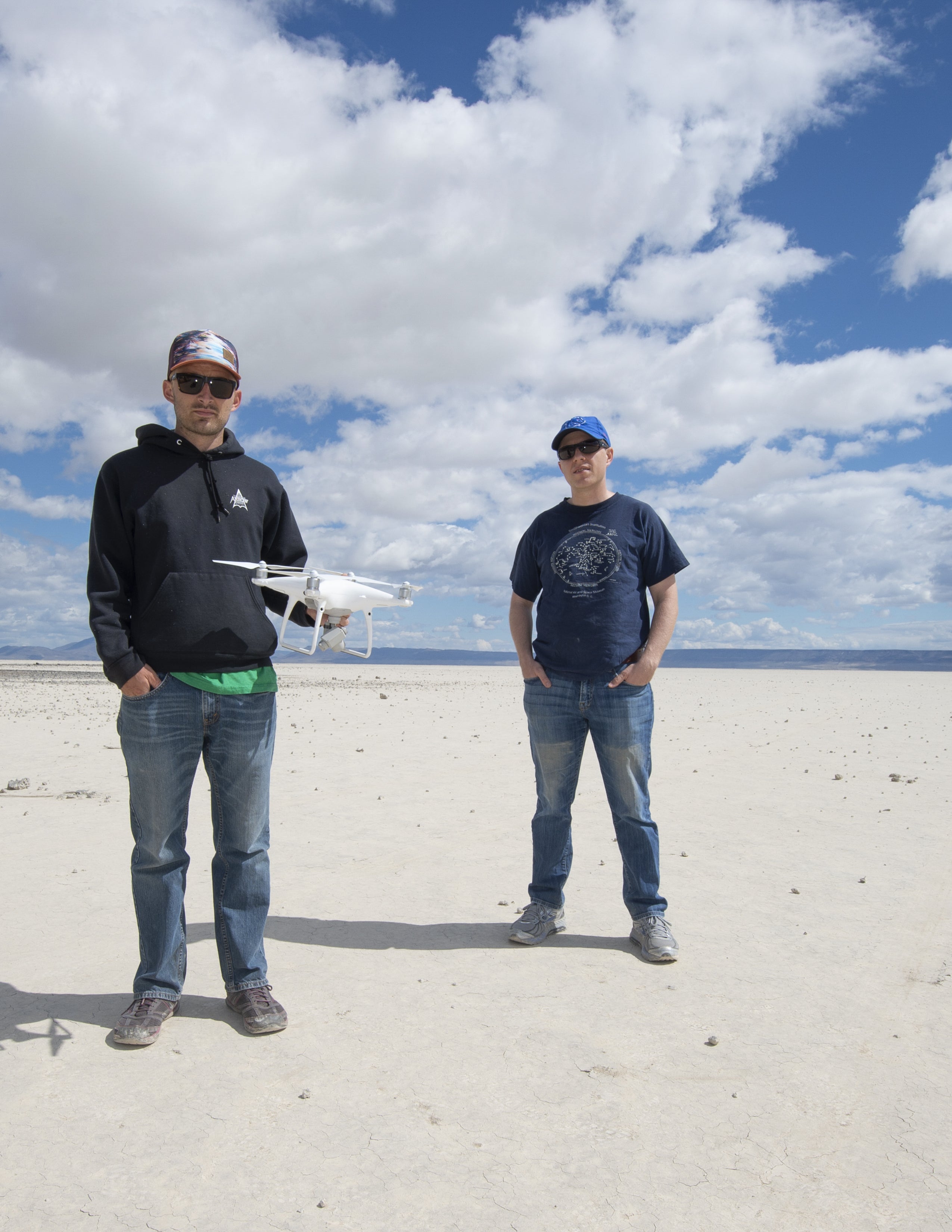
Brian Jackson, an assistant professor of physics who is usually more interested in what is happening in the sky, has been chasing dust devils – the smaller, humbler, dirtier cousin of tornadoes – for almost a decade. Although scientists have studied dust devils on Earth for centuries, their importance to the climate on Mars has only become clear in the last few decades.

“Dust devils don’t have a huge effect on the dust cycle on the earth as far as we can tell because dust is quickly lost in the oceans,” Jackson explained. “But on Mars, the atmosphere is very thin and there are no oceans, so martian dust sticks around in the atmosphere essentially forever.”
Dust devils aren’t usually dangerous on Mars or Earth — they’re usually not able to push people or landed craft around because the wind speeds aren’t high enough. However, the dust in the atmosphere on Mars is about as thick as the smog on a bad day in Los Angeles. Dust in the atmosphere likely plays a small role in greenhouse effect on Mars by helping heat the atmosphere.
It’s strange to think that the deserts of Oregon could impact research on Mars, yet Jackson’s research has implications for exploration on the red planet. For instance, NASA currently has three active rovers on Mars, two of which are powered by solar panels. However, dust falling on the panels reduces the amount of energy they can get from the sun and limits the lifetimes of the solar-powered rovers.
Hunting Dust Devils
These two physics researchers believe lessons from the eastern Oregon desert could impact explorations on Mars.
